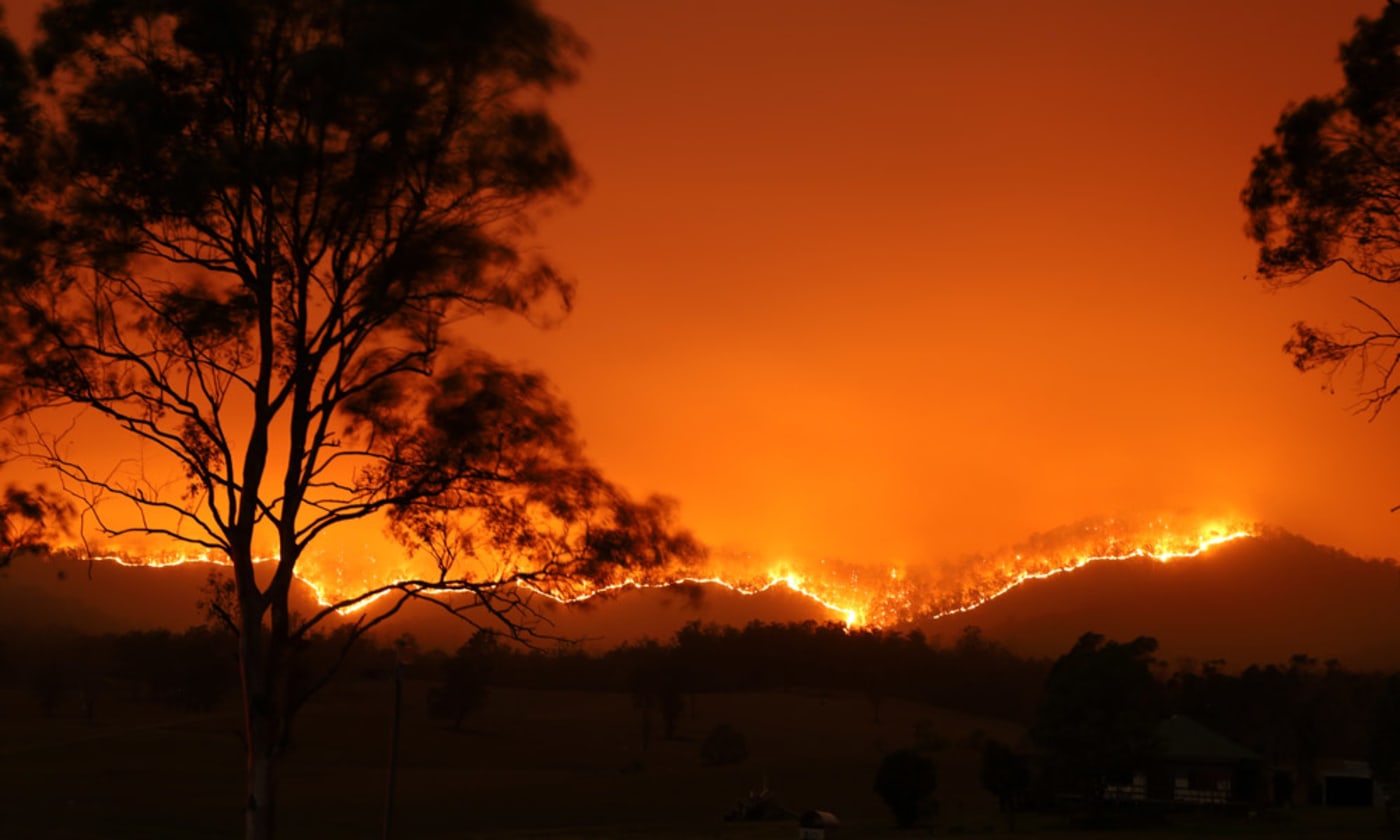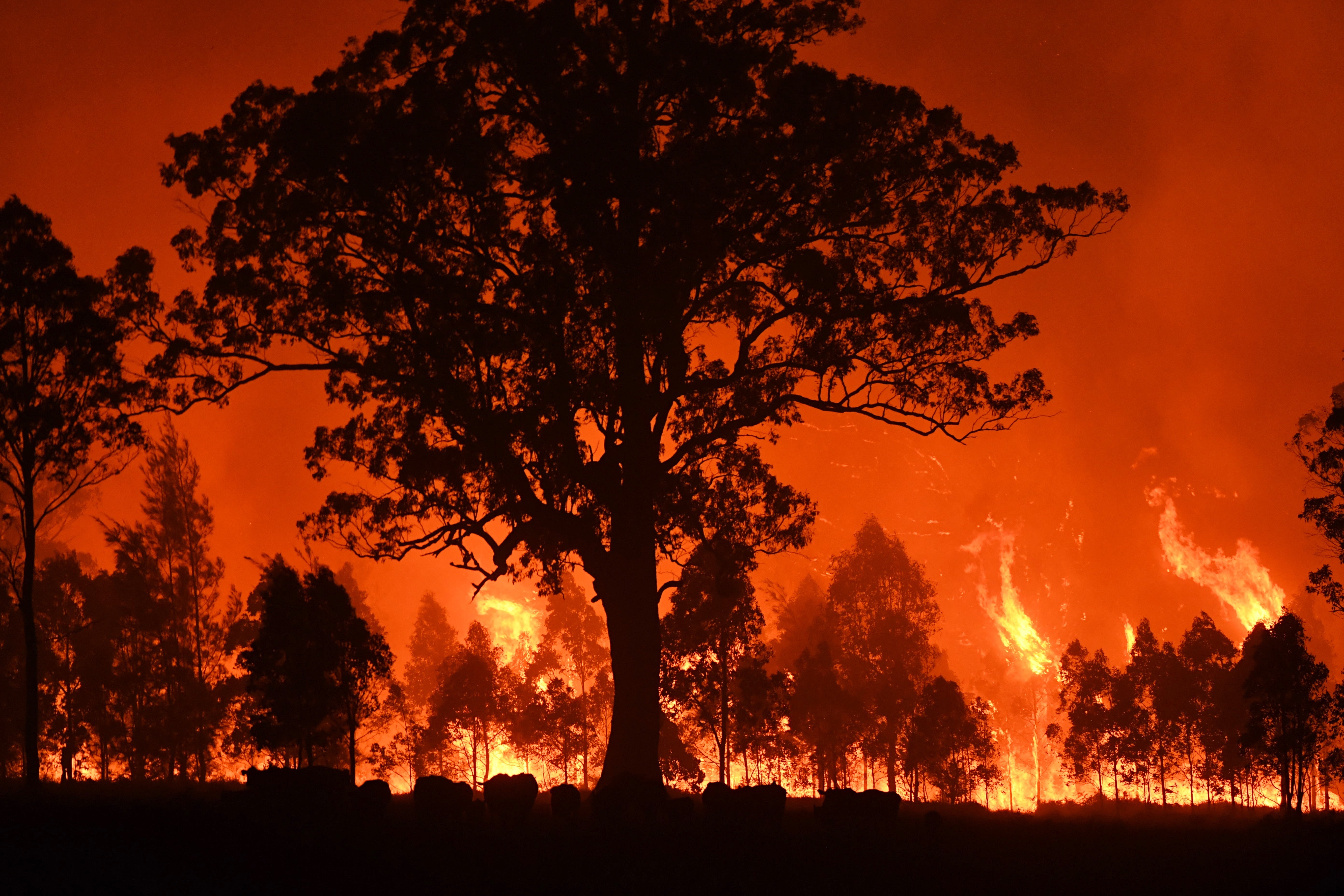Professional Insights: Why Every Homeowner Demands a Detailed BAL Report
Professional Insights: Why Every Homeowner Demands a Detailed BAL Report
Blog Article
Value of BAL Record in Ensuring Shrub Fire Defense
In the world of bushfire defense, the value of a Bushfire Strike Degree (BAL) record can not be overstated. This essential paper works as a foundational device in assessing the possible danger a building might deal with during a bushfire and plays an essential function in identifying the necessary safety actions to protect lives and homes (BAL Report). The real value of a BAL report expands past a simple analysis; it acts as a directing light for building owners and authorities alike, supplying insights into boosting residential property resilience and making sure effective fire defense.
Understanding Bushfire Strike Levels
The comprehension of Bushfire Assault Levels is essential for examining the possible risk and influence of bushfires on a home. Bushfire Strike Levels (BAL) are a way of determining the extent of a structure's potential exposure to ember assault, convected heat, and direct flame get in touch with in a bushfire. Comprehending the various BAL categories is important for homeowner, architects, and contractors in creating and constructing buildings that are much more durable to bushfires.
By recognizing these degrees, home owners can make enlightened choices regarding bushfire protection measures, such as mounting cinder guards, using fireproof building materials, and keeping clear defensible space around the home (BAL Report). In general, a comprehensive understanding of Bushfire Attack Levels is vital for efficient bushfire planning and security.
Assessing Property Risk Degrees
After recognizing the effects of Bushfire Assault Levels, the next essential step is examining the threat degrees associated with specific residential properties. Evaluating building threat levels includes a comprehensive assessment of various aspects that can affect the vulnerability of a residential property to bushfires. These elements consist of the distance of the home to bushland or plants, the type and problem of surrounding plant life, the slope and element of the land, dominating climate problems, and the presence of flammable materials near the residential property.
Residential or commercial property threat analyses are necessary in establishing the degree of bushfire security steps that need to be implemented to guard the residential or commercial property and its passengers. By accurately evaluating the risk degrees, homeowner can make enlightened choices regarding bushfire prevention techniques, such as vegetation administration, building layout adjustments, and the installation of fireproof products. In addition, property danger assessments play a crucial duty in the development of emergency action strategies and discharge procedures in the occasion of a bushfire.
Executing Safety Measures
Upon finishing residential or commercial property danger evaluations, the following critical phase involves the application of protective steps to enhance bushfire security. Executing protective actions is necessary for safeguarding buildings and making sure the security of individuals throughout bushfire events.
Regular maintenance of protective procedures is equally essential to guarantee their effectiveness throughout a bushfire. This consists of consistently evaluating and repairing ash guards, carrying out plants monitoring to decrease gas lots, and screening firefighting equipment such as pumps and hose pipes. By carefully carrying out and keeping these safety steps, homeowner can dramatically enhance their resilience to bushfires and decrease possible damages and loss.

Enhancing Property Resilience
Enhancing home strength versus bushfires rests on the aggressive implementation and maintenance of safety actions targeted at fortifying defenses and reducing prospective risks. Residential property owners can boost durability by developing and maintaining defensible rooms around their properties. This consists of on a regular basis clearing completely dry plant life, preserving a well-irrigated yard, and having a tactical format that reduces the risk of fire spread. Furthermore, mounting ember guards on home check it out windows and vents, making use of fireproof structure products, and making certain appropriate upkeep of roof coverings and gutters can substantially enhance a residential or commercial property's ability to endure a bushfire.
Residential or commercial property owners must exercise a bushfire and create emergency situation strategy, conduct routine fire drills, and guarantee all locals know how to react in situation of a bushfire. By taking aggressive steps, building proprietors can substantially increase the resilience of their properties versus the danger of bushfires.

Guaranteeing Reliable Fire Protection
Carrying out robust fire protection actions is necessary for securing homes versus the destructive impact of bushfires. Ensuring efficient fire defense involves a combination of aggressive methods and adherence to relevant guidelines. One essential aspect of efficient fire defense is the execution of suitable landscape design techniques. This consists of keeping a defensible space around the property by getting rid of combustible plants and developing firebreaks. In addition, mounting fire-resistant products on the home, such as fireproof try this website roof covering and ember-proof screens on home windows, can significantly decrease the danger of fire damages.
In addition, having an emergency situation feedback strategy in place is vital for making certain reliable fire security. This strategy must lay out discharge treatments, communication procedures, and designated conference factors for residents. Regular training and drills should additionally be performed to guarantee that all locals are prepared to respond promptly and securely in the occasion of a bushfire.
Final Thought
To conclude, the BAL report plays an important function in making sure effective bushfire defense by assessing home risk degrees, carrying out protective procedures, and enhancing property strength. Understanding Bushfire Attack Degrees is vital in identifying the degree of danger a building deals with throughout a bushfire. By following the referrals described in the BAL record, residential property owners can better prepare for bushfires and reduce potential damages. Eventually, the BAL record is a useful device in guarding residential or commercial properties versus bushfire threats.
By understanding these degrees, property owners can make educated decisions regarding bushfire protection procedures, such as setting up ash guards, making use of fire-resistant structure products, and preserving clear defensible next space around the residential or commercial property. Examining building threat levels involves a comprehensive examination of different factors that can affect the vulnerability of a residential or commercial property to bushfires.Home risk analyses are vital in figuring out the degree of bushfire protection actions that require to be executed to protect the residential or commercial property and its occupants. By taking aggressive steps, home owners can dramatically boost the resilience of their residential or commercial properties versus the risk of bushfires.
In verdict, the BAL report plays an important duty in making sure effective bushfire security by assessing home danger levels, applying safety procedures, and enhancing residential or commercial property durability. (BAL Report)
Report this page